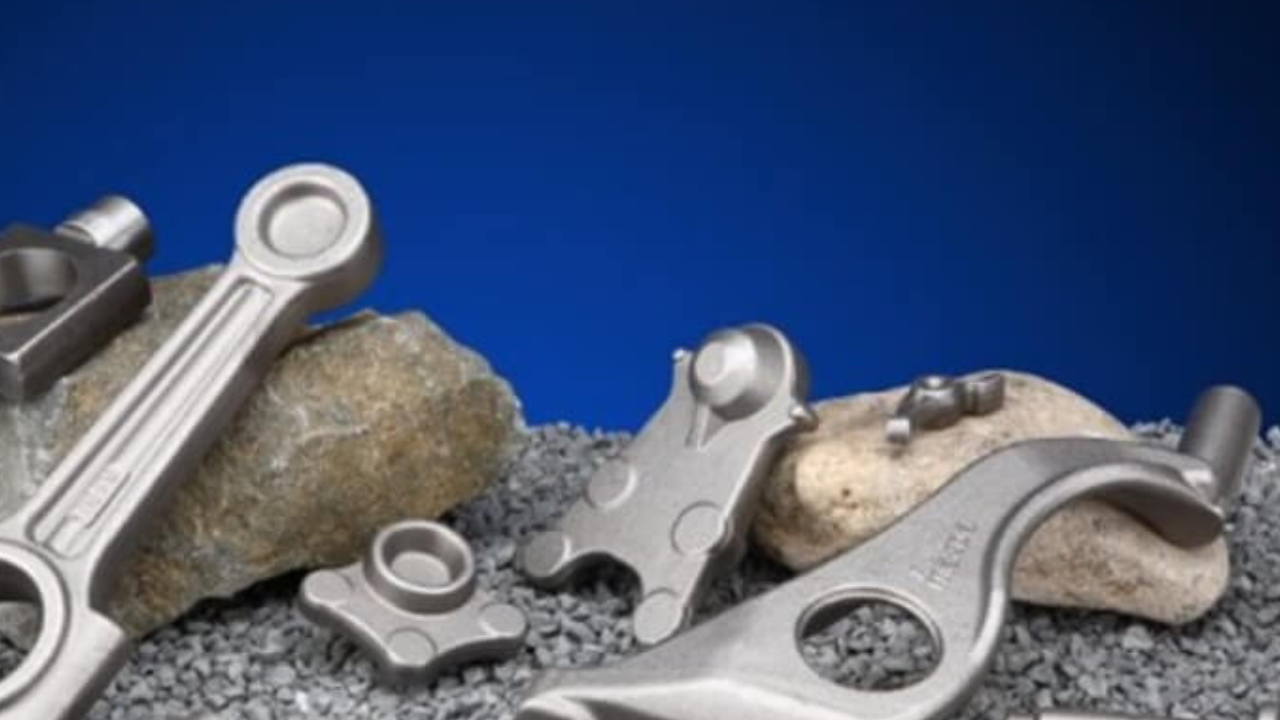Forged connecting rods are critical components in internal combustion engines produced using the forging method. Under tremendous heat and pressure, a solid piece of metal, often a tough steel alloy like 4340, is shaped. Compared to cast alternatives, the forging process aligns the metal's grain structure, improving strength and longevity.
For enthusiasts and experts looking to improve engine performance through modifications, forged connecting rods are compatible with higher power and stress levels. To learn more, visit CXINFORGING. Whether the goal is to enhance horsepower, adopt forced induction, or optimize engine efficiency, forged connecting rods provide a strong foundation that can withstand the additional loads associated with performance upgrades.
Advantages of Forged Connecting Rods
The connecting rod serves as the link between the piston and the crankshaft in an internal combustion engine. Connecting rods are subjected to enormous stress and strain during engine running, making their material and production critical elements of engine performance. In this article, we will look at the benefits of employing forged connecting rods.
Strength and Durability
One of the key benefits of employing forged connecting rods is their increased strength compared to rods made using other manufacturing methods. Forging is the process of shaping metal with compressive force, resulting in a more aligned and compact grain structure within the material.
This finer grain structure increases the connecting rod's strength, allowing it to endure the strong stresses and cyclic loads encountered during engine operation. The forging process also eliminates possible weak areas and internal faults that could jeopardize the structural integrity of the connecting rod. As a result, forged connecting rods are more durable, reducing the likelihood of failure and increasing the engine's lifespan.
Improved Fatigue Resistance
During operation, engines undergo constant loading and unloading cycles, resulting in fatigue strains on components such as connecting rods. Forged connecting rods excel at fatigue resistance because of their inherent strength and lack of material defects. The forging process's regulated grain flow assures the connecting rod to withstand many cyclic loads without succumbing to fatigue failure.
Forged connecting rods' higher fatigue resistance is especially advantageous in high-performance engines and situations where the engine operates at high RPMs (revolutions per minute), such as racing automobiles or high-performance sports vehicles.
Precision and Customization
In terms of dimensional correctness and consistency, forged connecting rods provide a high level of precision. Tight tolerances and complicated shapes are possible with the forging process, guaranteeing that each connecting rod follows exact specifications. This precision is critical for maintaining optimum engine alignment and balance, contributing to smoother operation and less wear on other engine components.
Furthermore, the forging technique customizes connecting rods to fulfill specific performance requirements. Engine builders and manufacturers can customize connecting rods' design, length, and thickness to improve engine performance for various uses, such as increased torque, horsepower, or overall efficiency.
Weight Reduction and Balance
Forged connecting rods can be made lighter while remaining strong. Forging's regulated grain structure allows surplus material to be removed, resulting in a connecting rod with a favorable strength-to-weight ratio. Lighter connecting rods help to reduce overall engine weight, boosting the power-to-weight ratio and fuel efficiency.
Furthermore, the consistency of the structure of the forged connecting rod provides for better balancing of the engine's spinning and reciprocating components. Improved balance minimizes vibration and improves engine smoothness, boosting longevity and reducing the load on other engine elements.
Heat Resistance and Thermal Stability
During operation, engines create tremendous heat, and connecting rods are subjected to high temperatures. Forged connecting rods have higher thermal stability because they are frequently manufactured from heat-resistant alloy steels. This implies they can resist high temperatures without losing structural integrity.
The capacity of forged connecting rods to withstand high temperatures is critical in high-performance engines and when engines are subjected to tremendous heat, such as turbocharged or supercharged configurations. This heat resistance contributes to the engine's overall dependability.
Summary
There are numerous advantages to employing forged connecting rods in internal combustion engines. Forged connecting rods contribute significantly to the overall efficiency, longevity, and durability of internal combustion engines, whether in high-performance racing engines or everyday commuter automobiles. Forging procedures and materials are anticipated to improve as technology advances, significantly improving the performance characteristics of connecting rods and, by extension, the engines they power.


